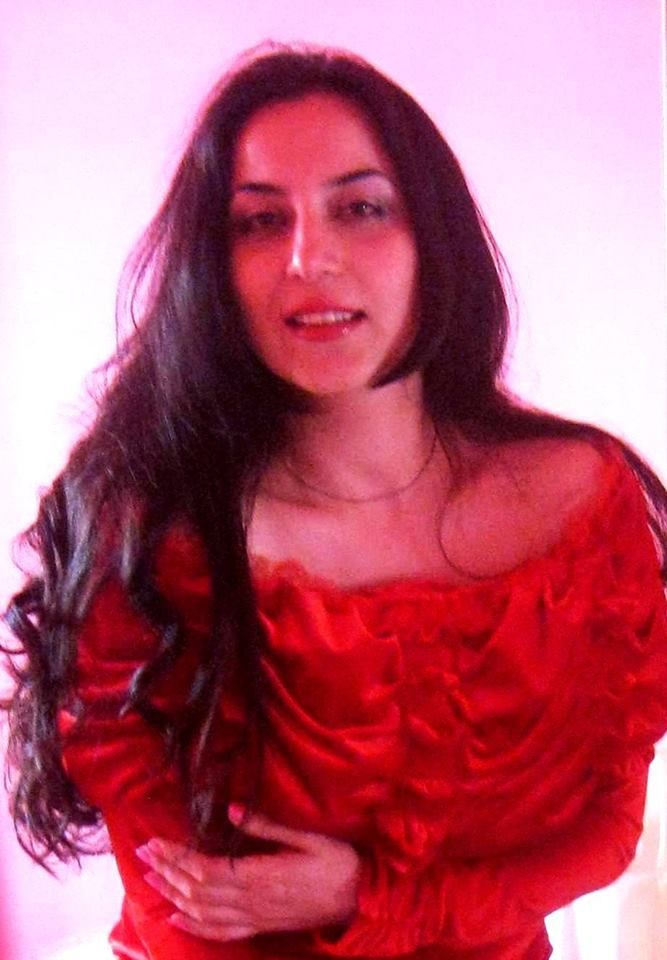


The following chorus, “Domine Fili unigenite,” accompanied by French-style dotted rhythms in the basso continuo, alternates between the character of a courtly minuet and the earthy sarabande. The oboe solo that wends its way alongside the soprano helps convey the pastoral character of this slow jig. In this way, the music embodies the humanity of Jesus, beginning with the aria for soprano, “Domine Deus,” which is cast as a gentle loure. The second section of the Gloria contemplates the significance of God’s incarnation in the figure of his son, which Vivaldi explores through three different dances. Steadily descending lines in the strings, over a throbbing basso continuo accompaniment, usher in a series of stranger harmonies for “et in terra pax.” As the choral voices overlap one another, we hear occasional twinges of dissonance, as if we are already lamenting, in the midst of this celebratory first section, the cost to be paid for peace on earth. The second half of the phrase, however, provides an oddly somber contrast to the jubilant opening. We suddenly understand why the shepherds were compelled. Vivaldi’s decision to open his Gloria with a bold statement from the orchestra, resounding with bravura octave leaps and illuminated by the brilliance of trumpet and oboe, conjures the overwhelming sound of the “heavenly host.” Following in the same vein, the choir projects a wall of sound, each voice magnifying the others while preserving the clarity of the angel’s words. The text of the Gloria begins by quoting one of the more theatrical passages of the Bible, from the story of the Nativity in the Gospel of Luke, in which an angel announces Christ’s birth to the shepherds: “Glory to God in the highest, and on earth peace to men of good will” (ii.14).


Vivaldi was not the first Italian composer to bring operatic recitatives and arias into the music of the Catholic Church, but his Gloria is proof of the expressive powers that opera could lend to religious experience. While each work bears the unique imprint of its creator, they also share many elements of style and are connected, in their inspiration, to the whole world of sacred art. In composing music for two of the oldest Christian liturgical texts-the Gloria and the Magnificat-Antonio Vivaldi and Johann Sebastian Bach stepped onto a well-worn path. Music, especially, plays a prominent role in religious imagination, from the hymns of ancient Greece, to the cantorial traditions of Judaism and Islam, to the continuing attempts by composers to capture the “songs of heaven” in earthly music. Whether it takes shape in the arabesques and mosaics of the Great Mosque of Damascus or the intricate calligraphy and illuminated details in sacred books, spirituality has motivated countless artists. Among all the areas of human experience and endeavor, religion has perhaps inspired the greatest works of art.


 0 kommentar(er)
0 kommentar(er)
